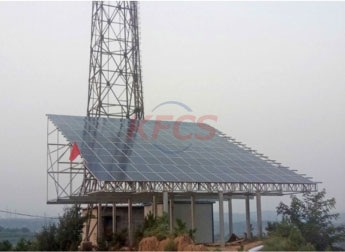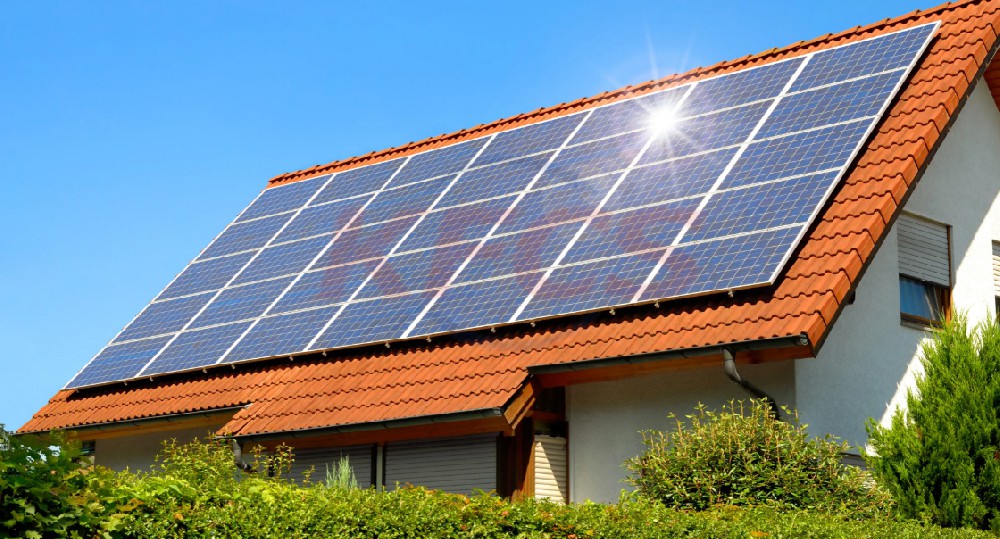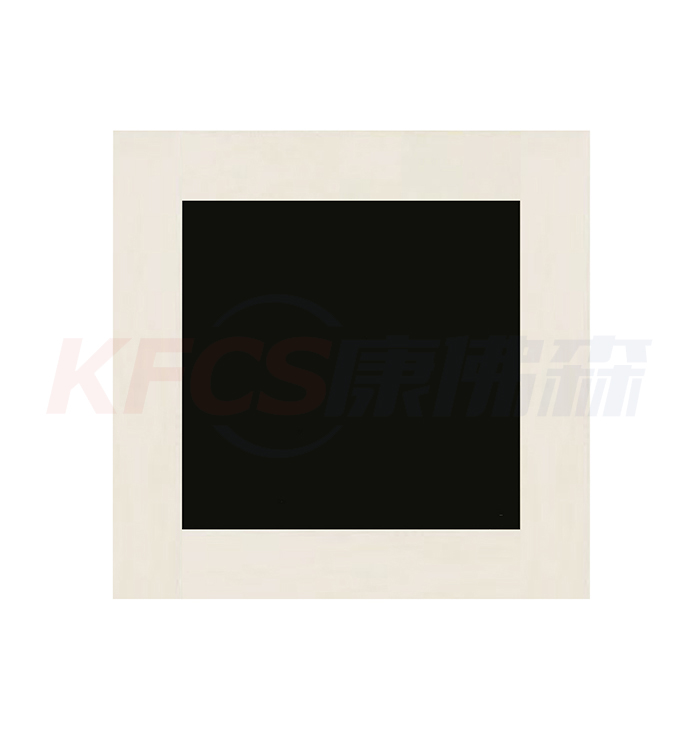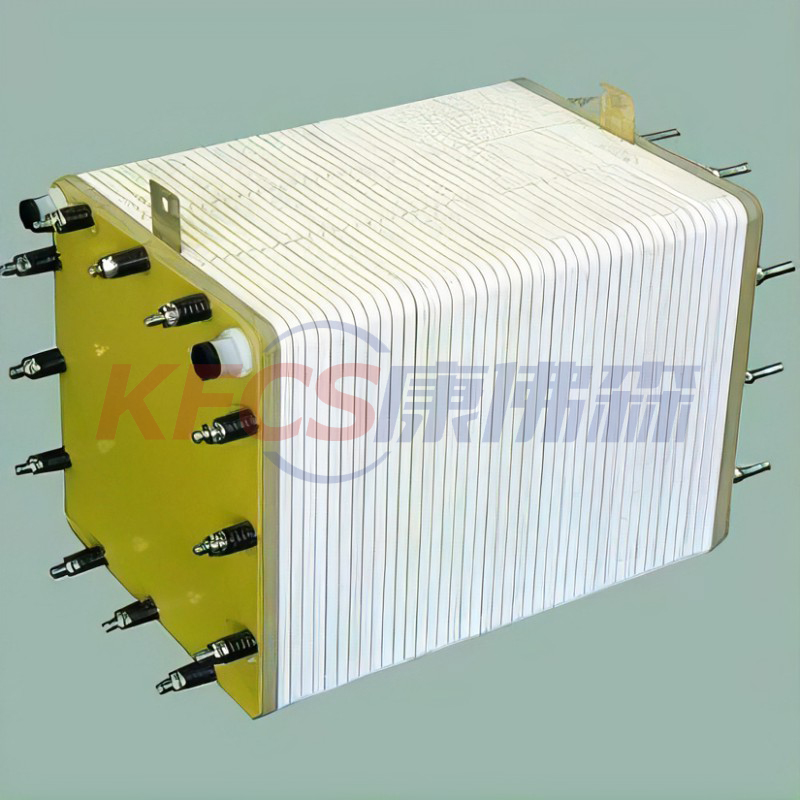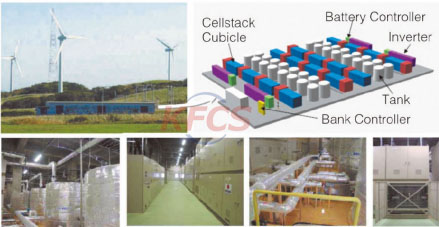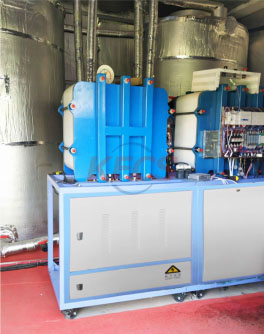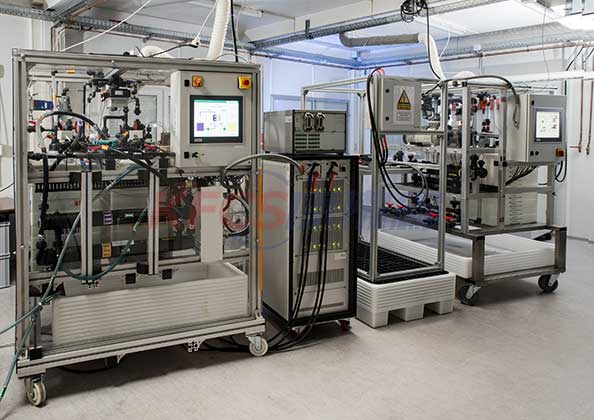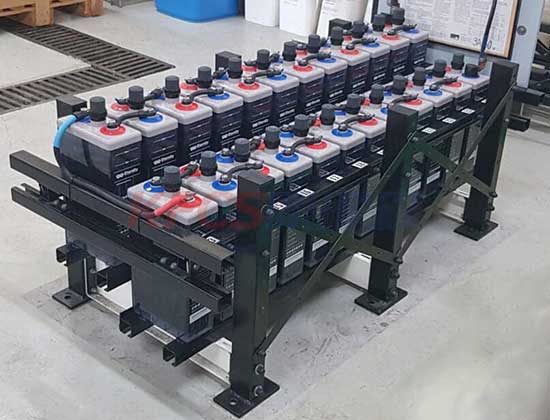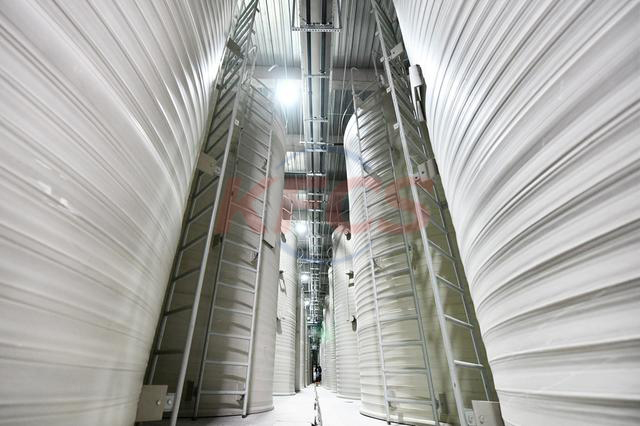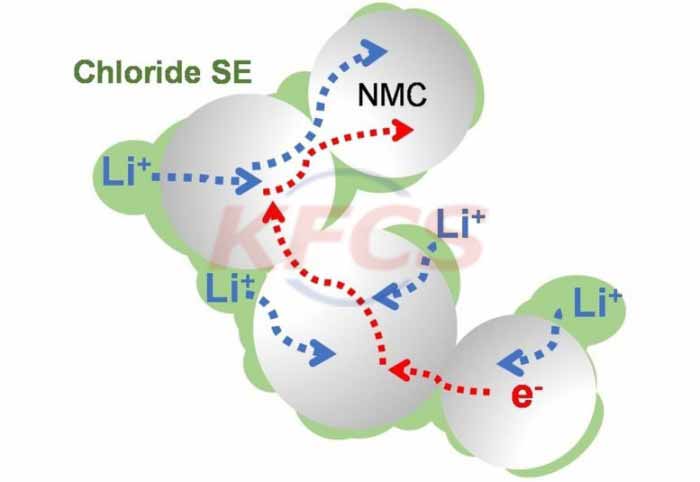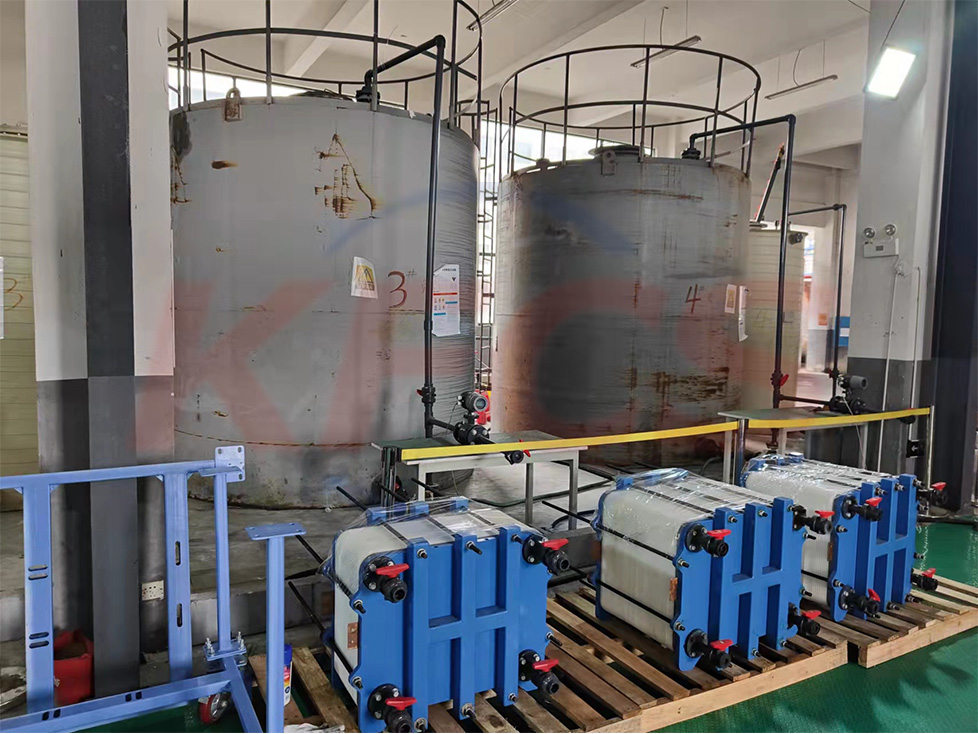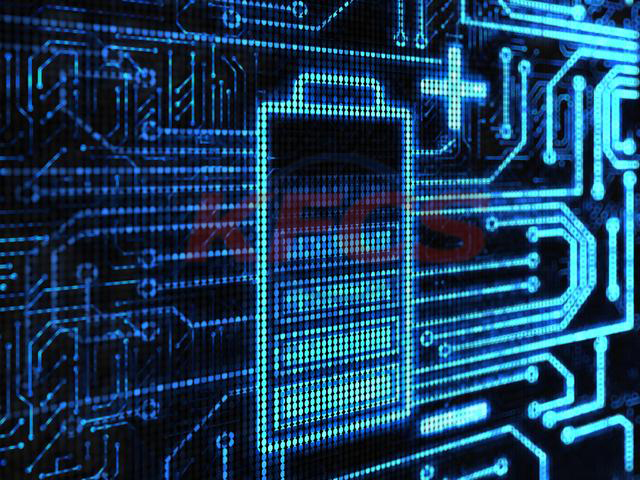Power generation principle of polycrystalline silicon solar panels and application fields of polycrystalline silicon solar cells
Polycrystalline silicon solar cells are favored for their abundant raw materials, low cost, high conversion efficiency, and good stability, and they also occupy a major share of the solar cell market in response to social needs. Let's take a look at the power generation principle of polycrystalline silicon solar panels, and what are the application fields of polycrystalline silicon solar cells?
The solar panel is composed of white glass, EVA, anti-reflection layer, solar panel chip, EVA, TPT and outer frame from top to bottom.
Power generation principle of polycrystalline silicon solar panel
The solar cell chip is a semiconductor device with photoelectric effect. The PN junction of the semiconductor generates current after being illuminated. When the light directly hits the solar cell chip, the absorbed light excites the electrons in the bound high-level state, making them free electrons. Free electrons move in all directions within the crystal, leaving holes (where the electrons were before). Holes also drift around the crystal, free electrons (-) gather at the N junction and holes (+) gather at the P junction. When the outer loop is closed, a current is generated.
Application fields of polycrystalline silicon solar cells
In order to reduce the production cost of solar-grade polysilicon, thereby reducing the manufacturing cost of solar cells and promoting the development of the solar photovoltaic industry, the application fields of polysilicon solar cells are as follows:
1. User solar power supply: (1) Small power supply ranging from 10-100W, used for military and civilian life in remote areas without electricity, such as plateaus, islands, pastoral areas, border posts, etc., such as lighting, TV, tape recorders, etc.; (2) 3 -5KW roof grid-connected power generation system for households; (3) Photovoltaic water pump: solve the drinking and irrigation of deep wells in areas without electricity.
2. Traffic field: such as beacon lights, traffic/railway signal lights, traffic warning/signal lights, Yuxiang street lights, high-altitude obstacle lights, highway/railway wireless phone booths, power supply for unattended road classes, etc.
3. Communication/communication field: solar unattended microwave relay station, optical cable maintenance station, broadcasting/communication/paging power supply system; rural carrier telephone photovoltaic system, small communication machine, GPS power supply for soldiers, etc.
4. Petroleum, marine and meteorological fields: cathodic protection solar power supply systems for oil pipelines and reservoir gates, life and emergency power supplies for oil drilling platforms, marine detection equipment, meteorological/hydrological observation equipment, etc.
5. Power supply for household lamps: such as garden lamps, street lamps, portable lamps, camping lamps, mountaineering lamps, fishing lamps, black light lamps, tapping lamps, energy-saving lamps, etc.
6. Photovoltaic power station: 10KW-50MW independent photovoltaic power station, wind-solar (diesel) complementary power station, various large parking plant charging stations, etc.
7. Solar buildings: Combining solar power generation with building materials will enable large buildings in the future to achieve self-sufficiency in electricity, which is a major development direction in the future.
8. Other fields include: (1) Matching with automobiles: solar vehicles/electric vehicles, battery charging equipment, automotive air conditioners, ventilation fans, cold drink boxes, etc.; (2) solar hydrogen production and fuel cell regenerative power generation systems; (3) seawater Desalination equipment power supply; (4) Satellites, spacecraft, space solar power stations, etc.

